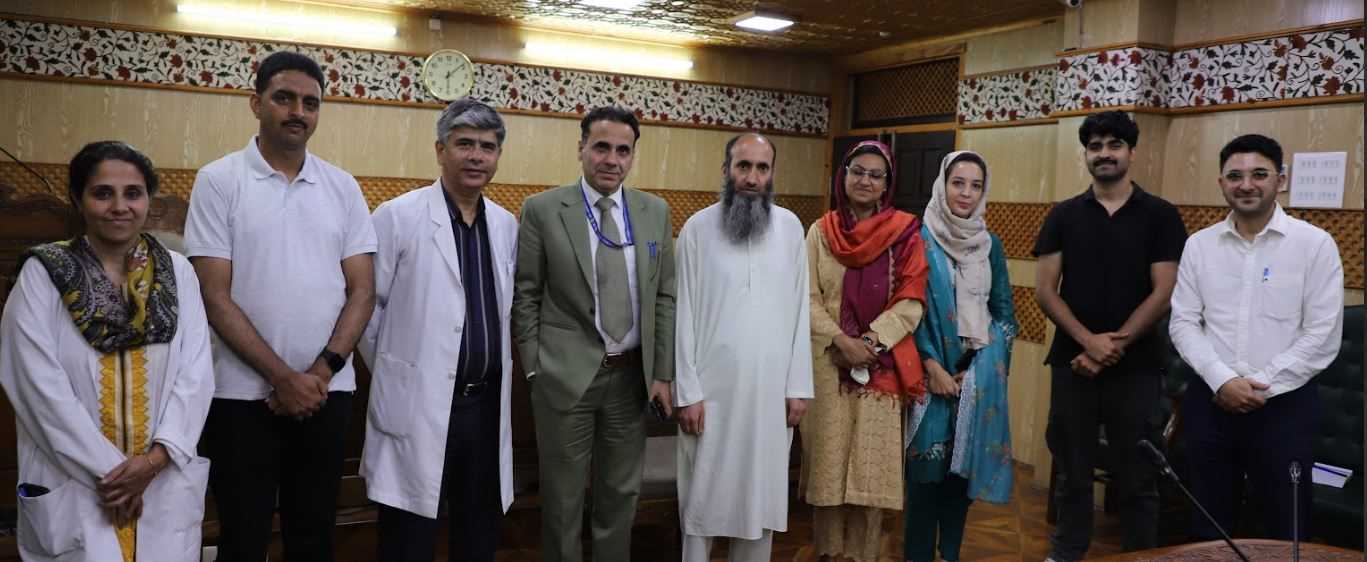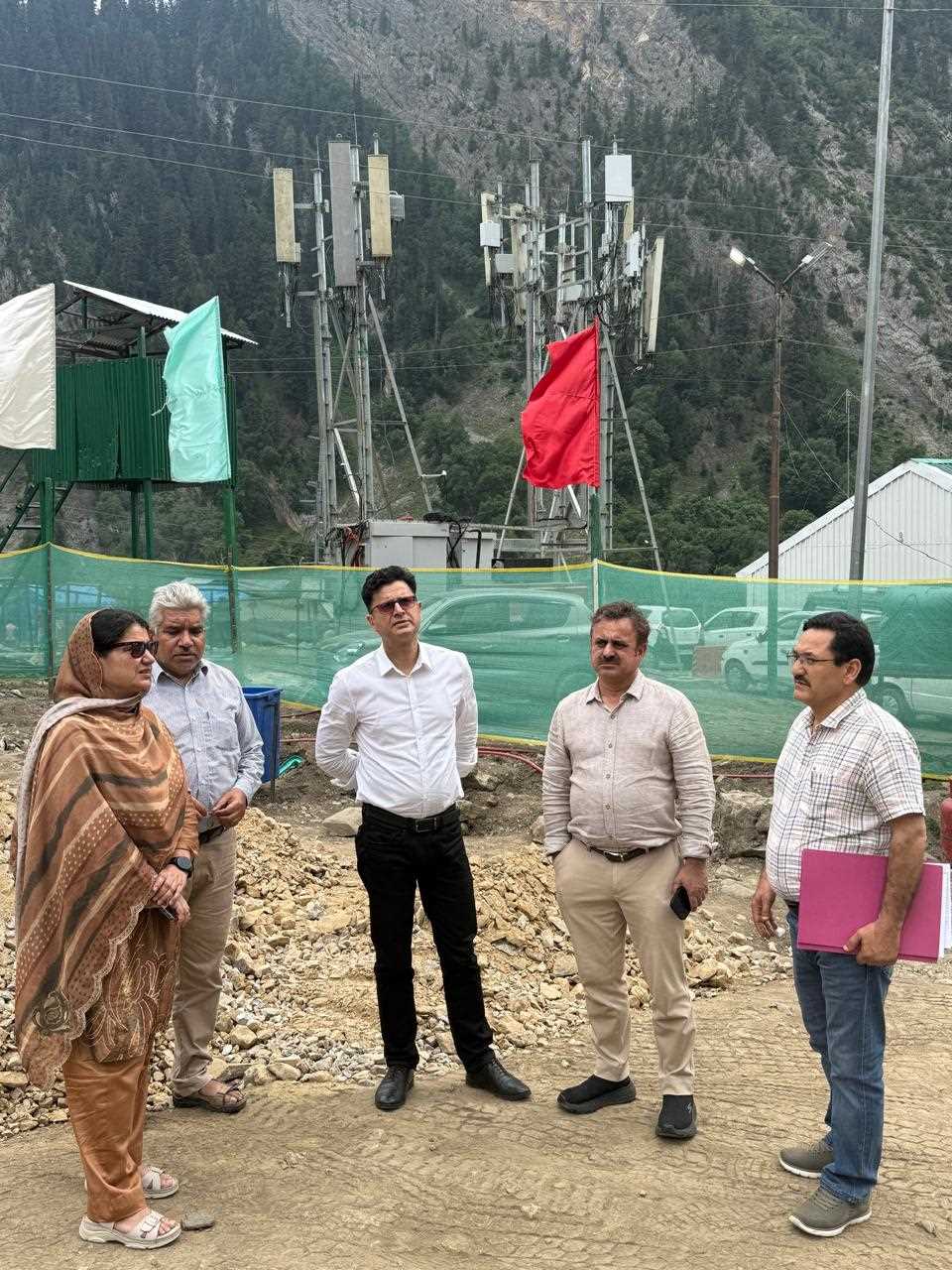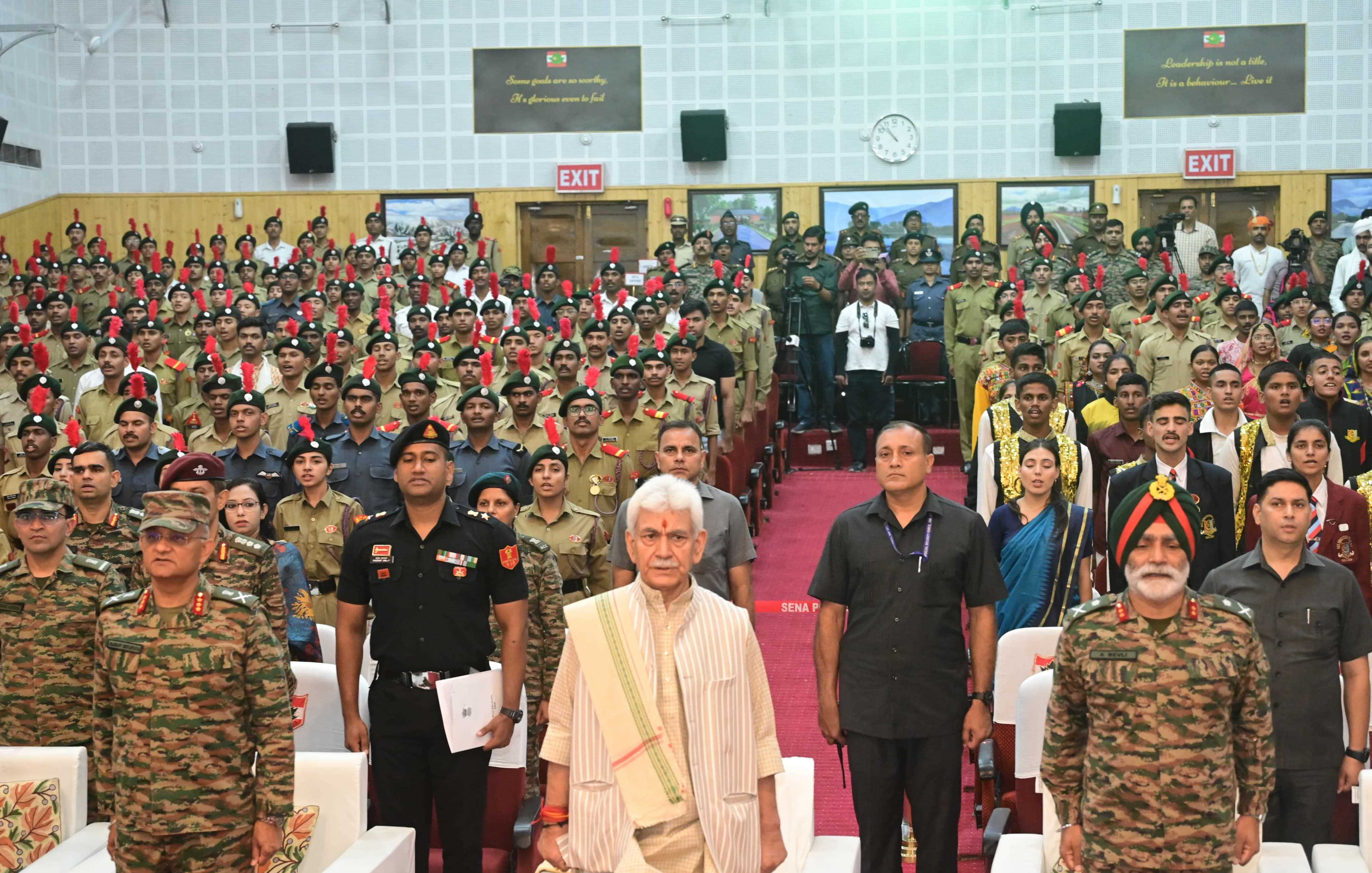In the shadowed corners of society, far from the spotlight of mainstream conversations, a silent crisis rages on—drug abuse. It cuts across every border and class, affecting millions of lives regardless of age, gender, or economic status. While the world races forward with advancements in medicine, technology, and science, an alarming number of young people are retreating into the grip of narcotics, opioids, and synthetic highs, trading away their health, sanity, and future for fleeting moments of escape.
This is not just a story of individual downfall; it is a national and global health emergency. Drug abuse is not merely a criminal issue—it is a public health disaster with far-reaching implications.
The Scope of the Problem
The World Health Organization (WHO) estimates that over 35 million people globally suffer from drug use disorders. In India alone, a 2019 survey by the Ministry of Social Justice and Empowerment revealed that over 2.1% of the population (around 22 million people) are addicted to drugs. What’s more disturbing is that a large percentage of these users are between the ages of 15 and 35—our so-called "future generation."
Commonly Abused Substances
Cannabis (marijuana, charas, ganja): Often seen as harmless, it can cause lasting psychological effects.
Opioids (heroin, opium, codeine-based cough syrups): These are highly addictive and responsible for severe physical dependence.
Synthetic drugs (LSD, MDMA, methamphetamine): Dangerous because of unpredictable chemical formulations.
Prescription drugs (sleeping pills, painkillers): Misused under the illusion of being ‘safe’.
Inhalants (glue, paint thinners): Easily available but extremely toxic, especially among street children.
Health Effects: A Body in Ruins
Drug abuse leads to devastating physical and mental health consequences. The body, a finely tuned system, simply cannot sustain the constant chemical assault. From the brain to the heart, every organ begins to deteriorate.
Neurological Damage
Most narcotics affect the central nervous system. They flood the brain with dopamine—the “feel good” chemical—which over time disrupts natural production. The result is:
Memory loss
Impaired cognitive function
Psychosis
Hallucinations
Depression
Anxiety and panic disorders
Long-term brain shrinkage
Liver and Kidney Failure
Substances like alcohol and synthetic drugs place an enormous burden on the liver and kidneys, leading to:
Cirrhosis
Hepatitis
Renal failure
Increased risk of liver cancer
Respiratory Complications
Smoking drugs (marijuana, heroin, crack cocaine) leads to:
Chronic bronchitis
Lung infections
Risk of tuberculosis
Collapsed lungs in severe cases
Cardiovascular Disease
Many stimulants increase heart rate and blood pressure. Long-term effects include:
Heart attacks
Arrhythmias
Stroke
Cardiac arrest
Infectious Diseases
Sharing needles and poor hygiene practices contribute to:
HIV/AIDS
Hepatitis B and C
Skin abscesses
Sepsis
Mental Health: A Mind Torn Apart
The psychological impact of drug abuse is equally harrowing. Many users begin with emotional problems—loneliness, trauma, or depression—and seek refuge in narcotics. Tragically, the very substances meant to dull pain end up deepening it.
Common Mental Illnesses Among Drug Users:
Bipolar disorder
Major depression
Schizophrenia-like symptoms
Paranoia and delusions
Suicidal ideation and actual suicide attempts
Many families watch helplessly as their loved ones spiral into irrationality, often ending up in psychiatric wards or on the streets.
Social Consequences: The Collapse of Potential
Drug abuse doesn't just destroy the body—it tears apart families, disrupts communities, and shatters dreams. A drug addict often becomes:
Unemployable due to erratic behavior or criminal records
Untrustworthy in relationships
Homeless due to broken ties with family
Criminal due to the need to finance the addiction
Socially ostracized and isolated
Children from drug-affected households grow up in environments of neglect, violence, and fear. Many go on to repeat the cycle, creating a generational curse of substance dependence.
The Illusion of Escape
Young people often begin using drugs out of curiosity, peer pressure, or the desire to rebel. For some, it's an attempt to escape unbearable realities—poverty, abuse, academic failure, or loneliness. But instead of providing freedom, drugs create a new prison. What begins as a voluntary habit quickly becomes an uncontrollable addiction.
Users describe the experience as a cycle:
“First it was just a weekend thing. Then it was every day. Then I wasn’t using drugs to feel good—I was using them just to feel normal.”
Rehabilitation: A Road Less Traveled
While recovery is possible, it is long, painful, and often filled with relapses. Rehabilitation centers can help, but they are:
Expensive, often beyond the reach of poor families
Stigmatized, with many fearing being labeled ‘mad’ or ‘criminal’
Limited, especially in rural areas
Successful recovery requires:
Medical detoxification
Psychological counseling
Long-term support systems
Family involvement
Vocational training and reintegration into society
Yet for every person who makes it out, countless others fall back or die trying.
The Law: Criminalization vs. Compassion
India’s Narcotic Drugs and Psychotropic Substances (NDPS) Act, 1985, strictly punishes drug trafficking and possession. While this has helped curb large-scale smuggling to some extent, it has also:
Criminalized addicts instead of treating them
Overburdened jails with petty users
Pushed the issue underground
There is growing consensus that drug addiction should be treated as a medical problem, not just a legal one.
Prevention: The Only Real Cure
The old saying holds true: "Prevention is better than cure." Education, awareness, and emotional support are the strongest weapons against drug abuse.
Effective Strategies Include
School-based awareness programs starting from middle school
Parental guidance to spot early warning signs
Peer mentorship by former addicts who share real-life stories
Media campaigns that highlight not glamour, but truth
Community vigilance and reporting of illegal sales
The Future: Can We Save a Generation?
If current trends continue, the world faces a grim future. An entire generation risks being lost to addiction, not just physically but mentally, morally, and emotionally.
What the Future Holds if We Don’t Act:
A collapsing healthcare system, burdened with overdose and psychiatric cases
Rising crime rates fueled by desperation and drug-related violence
A broken education system as more students drop out or fail due to substance abuse
A fractured society, with mistrust and despair replacing unity
But there is still hope—if we act now.
Parents: The First Line of Defense—and Sometimes, the First Enablers
In many cases, parents unknowingly contribute to their children’s downfall. Out of love or guilt, they provide generous pocket money, smartphones, or too much freedom without supervision. While the intention may be good, the consequences can be tragic.
Children and teenagers with access to excess cash and little accountability often find it easy to experiment with drugs. When parents are too busy, too lenient, or unaware of their child’s social circle, they create the perfect environment for addiction to take root.
Common Parental Mistakes
Giving large sums of money without knowing how it’s spent
Ignoring sudden changes in behavior, sleep, or academic performance
Being unaware of who their children spend time with
Avoiding open conversations about drugs due to discomfort or fear
Assuming “it can't happen in our family”
Parents must understand that emotional presence is more valuable than material gifts. Instead of just giving money, they must give time, attention, and guidance.
What Parents Should Do
Set firm but loving boundaries
Monitor spending and online activity
Encourage open communication about mental health and peer pressure
Be role models—avoiding smoking, alcohol, or violent behavior at home
Educate themselves about the warning signs of drug use
A child who feels understood at home is far less likely to seek refuge in substances. The war on drugs begins not in courts or clinics—but in kitchens, living rooms, and school corridors.
Conclusion: A Call to Action
Drug abuse is not someone else’s problem. It could be your neighbor’s child, your student, your friend—or even your own reflection. We must stop whispering about it in shame and start shouting about it in urgency. Governments must fund rehabilitation centers. Schools must prioritize awareness. Families must listen with compassion. And individuals must choose strength over temptation.
There is no good future in drugs. Only decay, despair, and death.
But with awareness, empathy, and action, we can still pull many back from the edge.
The war is not over. But it can still be won.
Email:----------------------------- arbeen25082003@gmail.com






